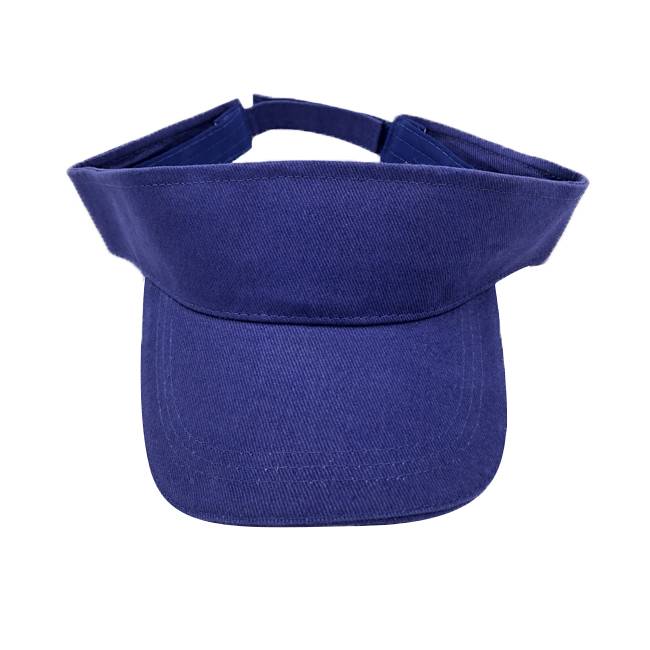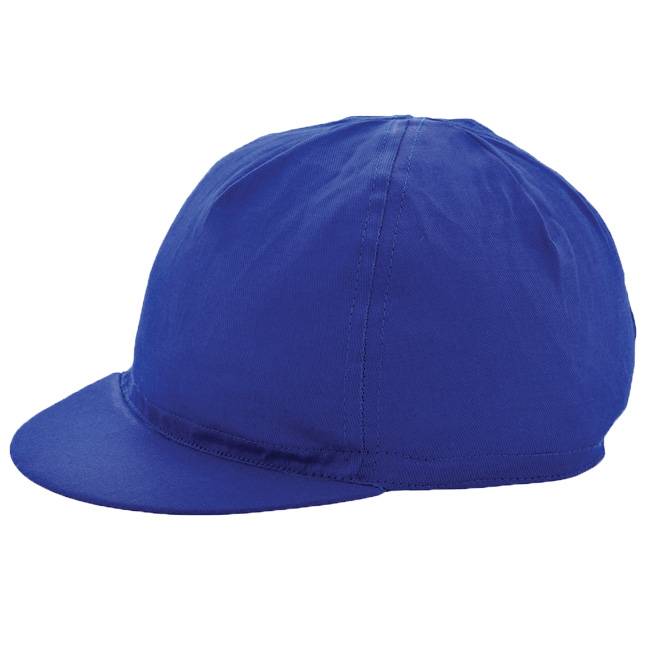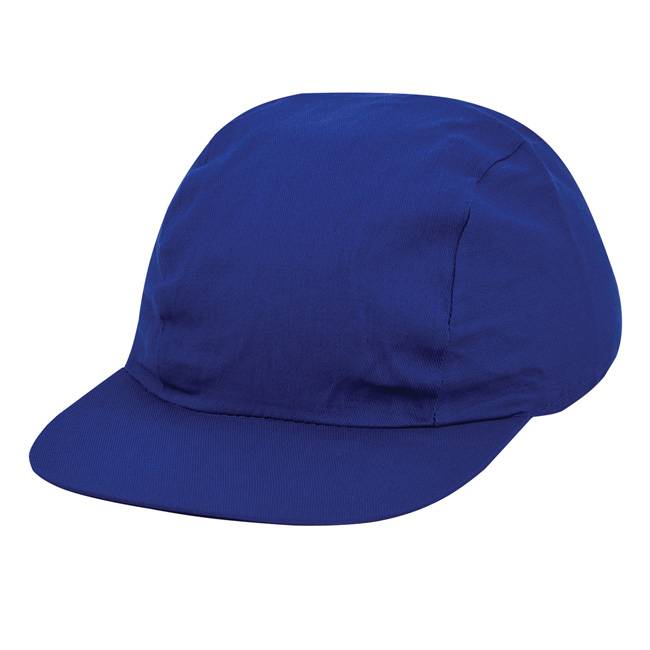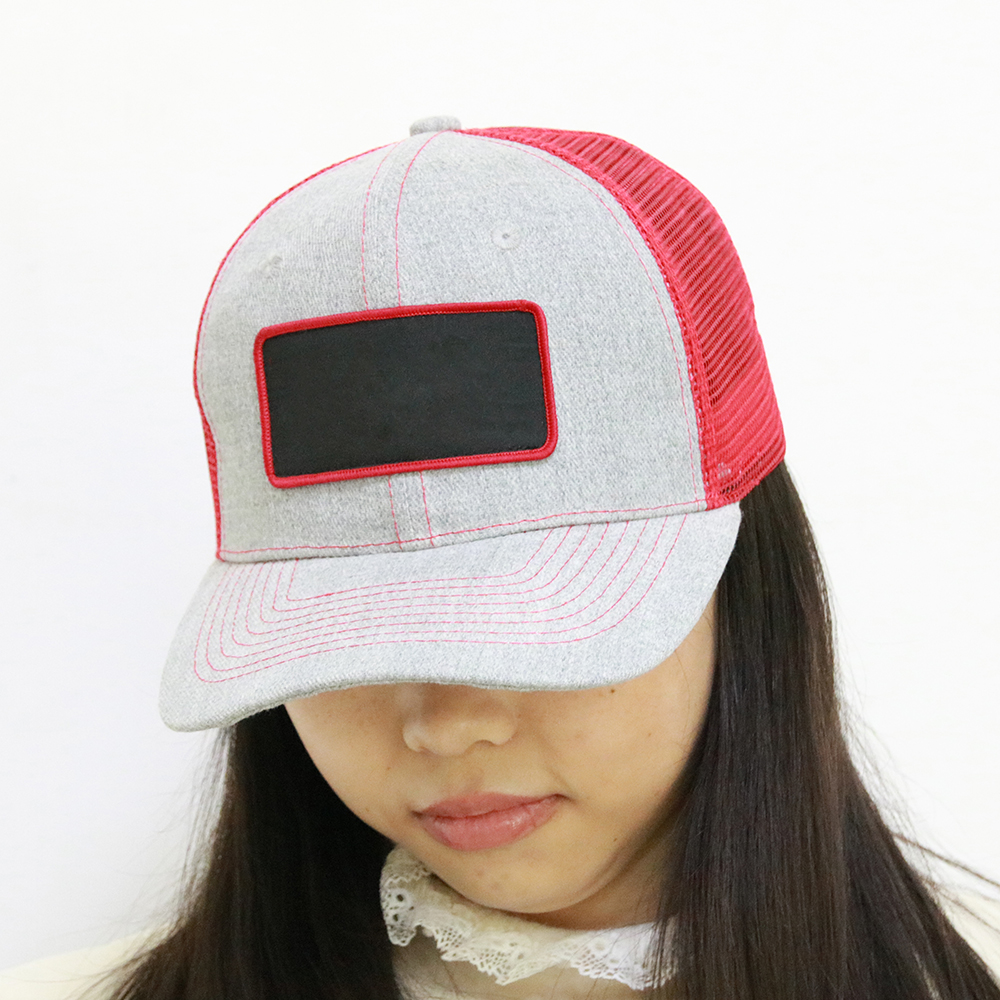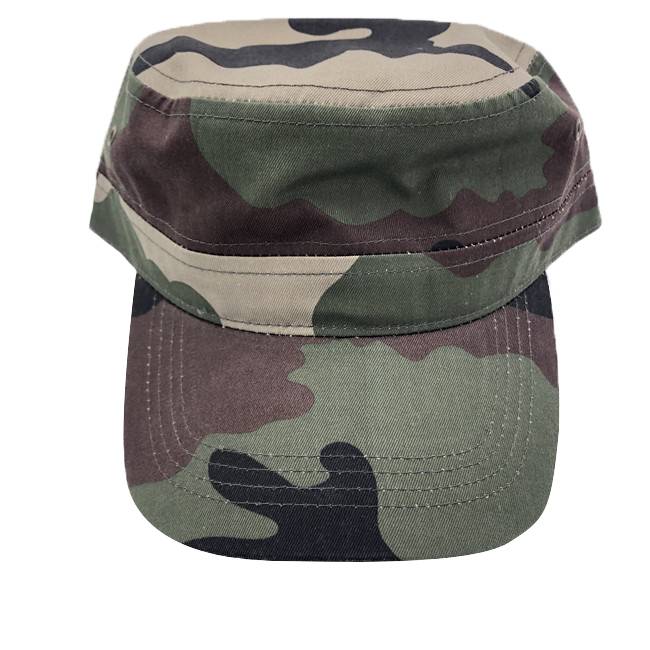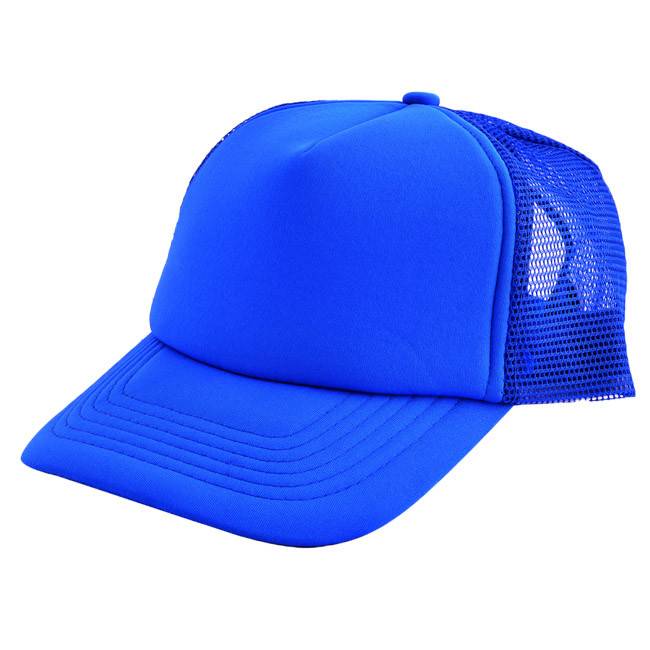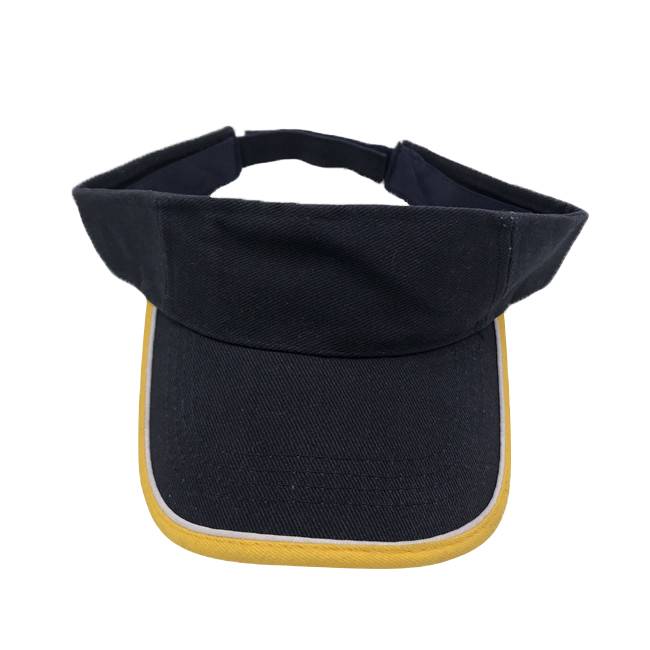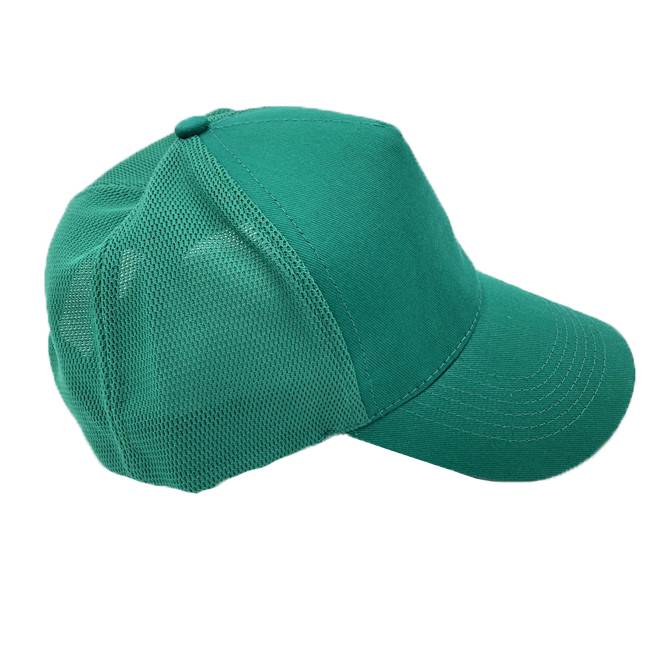Children's Hats Durable & Sun-Protective Styles for Kids Shop Now
- The importance of head protection in childhood development
- Advanced fabric technologies in modern children's hats
- Performance comparison of leading hat manufacturers
- Personalization options for unique headwear solutions
- Real-world applications across different age groups
- Essential selection criteria for practical use
- Why quality headwear matters for active children

(hats for children)
Understanding the Critical Role of Hats for Children
Protective headwear serves more than just aesthetic purposes in childhood development. Pediatric dermatologists emphasize that children's scalps receive three times more UV exposure than adults due to thinner epidermis. Beyond sun protection, hats provide thermal regulation during physical activities where children lose up to 40% of body heat through their heads. Recent studies by the American Academy of Pediatrics indicate consistent hat usage reduces cold-related illnesses by 28% in colder climates and heat exhaustion cases by 31% during summer activities.
Innovative Materials Revolutionizing Youth Headwear
Contemporary children's hat manufacturers leverage cutting-edge fabric technologies previously reserved for professional sports. Breathable polyester blends with UPF 50+ ratings block 98% of harmful UV rays while maintaining airflow to prevent overheating. Moisture-wicking technologies now absorb up to seven times their weight in perspiration, particularly beneficial in bucket hats for children
where ventilation is paramount. Water-resistant finishes provide protection during unexpected rain showers, with treated fabrics shedding water while maintaining 95% breathability. Flexible spandex components allow for natural head movement without compromising durability, crucial for active wear during play.
Manufacturer Performance Comparison
| Brand | UV Protection | Average Durability | Adjustment Features | Weight (ounces) | Quick-Dry Rating |
|---|---|---|---|---|---|
| SunGuard Kids | UPF 60+ | 36 months | 3-point adjustment | 2.1 | 98% |
| TrekTykes | UPF 50+ | 24 months | Chin cord only | 3.4 | 87% |
| AdventureBrims | UPF 55+ | 30 months | Rear sizing toggle | 1.8 | 95% |
Tailored Solutions for Unique Requirements
Personalization has become central to modern youth headwear solutions. Digital printing technology enables photographic-quality designs while maintaining fabric breathability. School programs increasingly opt for bulk customization where children hat designs incorporate mascots and colors with production cycles under 72 hours. Medically-adaptive options feature seamless interiors for sensory-sensitive children and increased nape coverage for those with cranial restrictions. Scalp-cooling technology hats for chemotherapy patients incorporate phase-change materials that maintain 58°F temperatures for up to four hours.
Practical Application Scenarios
Different environments demand specialized protection strategies. Beach settings require bucket hats for children with non-corrosive components that withstand saltwater exposure. Snow sport helmets integrate seamlessly with thermal liners featuring moisture-wicking properties. For school environments, broad-brimmed styles reduce playground glare while maintaining downward visibility. Case studies from youth soccer camps demonstrate that lightweight caps with laser-perforated ventilation reduce heat-related substitutions by 42% during summer training sessions.
Selection Guidelines for Practical Use
Optimal sizing follows distinct principles for different developmental stages. Toddler designs prioritize automatic chin fasteners and rear coverage extensions while school-aged children benefit from adjustable circumference features accommodating growth spurts. The five-point checklist for assessing quality includes reinforced stitching density (minimum 8 stitches per inch), non-corrosive hardware, absence of interior seams, measurable UPF certification, and balanced brim proportions maintaining natural peripheral vision. Activity-specific considerations include grip-enhancing silicone strips for windy conditions and glow-in-the-dark elements for dawn/dusk visibility.
The Lasting Impact of Quality Hats for Children
Investment in appropriate headwear yields measurable benefits extending beyond immediate protection. Longitudinal studies demonstrate children developing positive sun safety habits when consistently wearing comfortable head protection. Properly fitted hats for children become tools supporting uninterrupted exploration and discovery during formative years. Outdoor education programs that implement hat protocols report 24% higher participation in nature-based activities. With today's technical advancements, modern hats for children facilitate safer adventures while establishing foundations for lifelong health-conscious behavior.

(hats for children)
FAQS on hats for children
Q: What materials are best for bucket hats for children?
A: Lightweight, breathable materials like cotton or polyester are ideal for children's bucket hats, ensuring comfort and sun protection. These fabrics are also easy to clean and durable for active use.
Q: How do I choose the right size for a children's hat?
A: Measure your child’s head circumference and refer to the brand’s sizing chart. Adjustable features like straps or elastic bands can help ensure a secure, comfortable fit.
Q: Are children’s hats with UPF protection necessary?
A: Yes, hats with UPF 50+ protection shield delicate skin from harmful UV rays. Pairing them with sunscreen offers optimal sun safety for outdoor activities.
Q: What styles of hats for children are trendy yet practical?
A: Bucket hats, wide-brimmed sun hats, and baseball caps with neck flaps are popular for blending style and functionality. Bright colors or fun prints add playful appeal.
Q: How should I clean and maintain a child’s hat?
A: Hand-wash or use a gentle machine cycle with mild detergent. Air-dry to preserve shape and material integrity, avoiding high heat.
-
Trucker Hat Wholesale and Mesh Baseball Caps TrendsNewsJun.23,2025
-
Sun Visor Caps Style Meets FunctionNewsJun.23,2025
-
Kids Hat Innovations Foam Mesh and Trucker HatsNewsJun.23,2025
-
Bucket Hats A Timeless Fashion StapleNewsJun.23,2025
-
Tips for Storing Trucker Hat Bulk to Maintain QualityNewsJun.12,2025
-
The Role of Cotton Cycling Caps in Cycling CultureNewsJun.12,2025
-
The Most Popular Bucket Hat StylesNewsJun.12,2025




